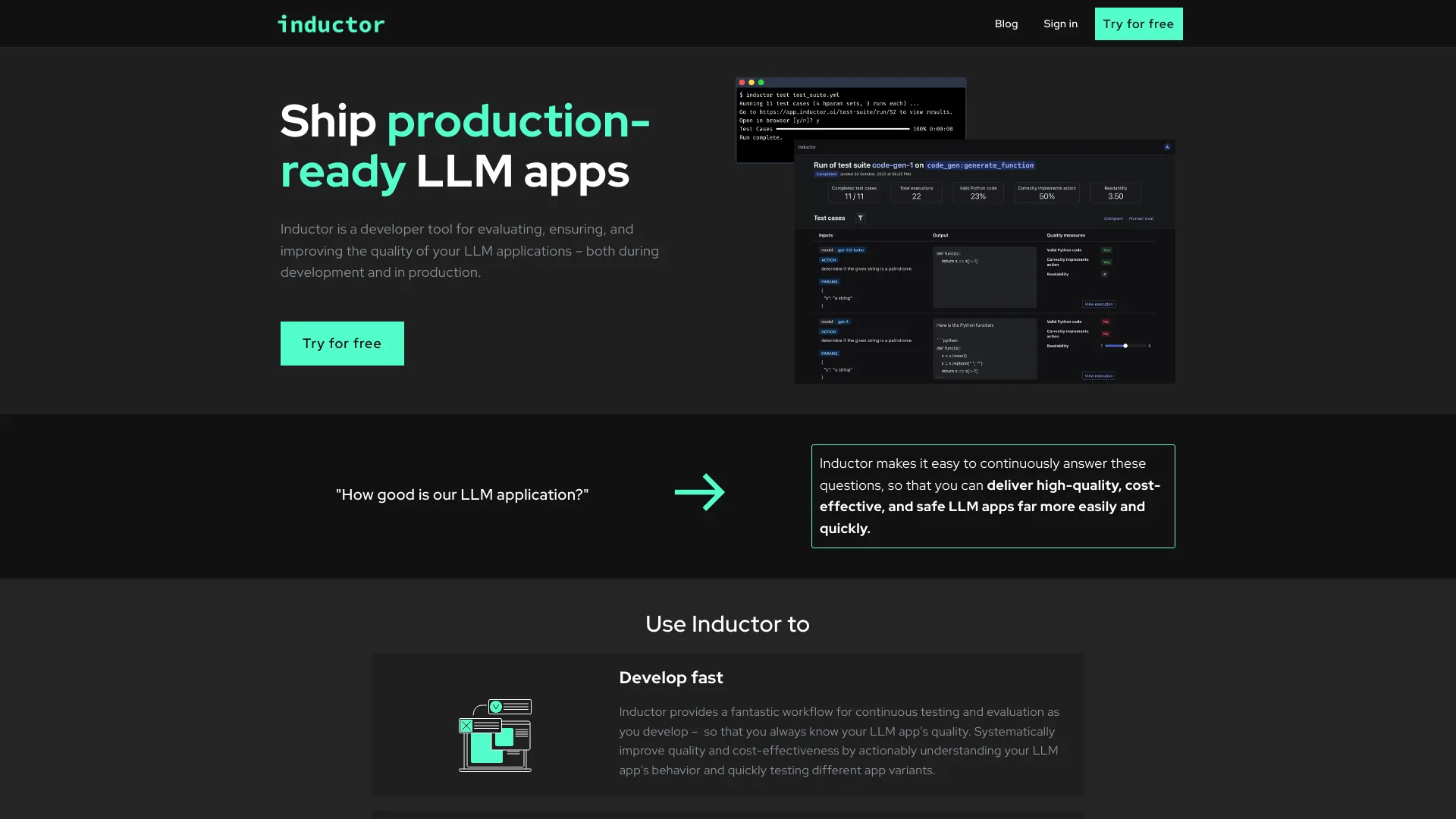
Inductor
Title: How to Ship Production-Ready LLM Apps Effectively Meta Description: Discover the essential steps to ship production-ready LLM apps. Learn best practices, tips, and strategies for successful deployment. When it comes to shipping production-ready LLM apps, several key factors ensure a smooth transition from development to deployment. Here’s a comprehensive guide to help you navigate the process. 1. **Understanding LLM Apps** LLM (Large Language Model) apps are powerful tools that leverage advanced AI to generate human-like text. To ship these applications successfully, it’s crucial to understand their architecture and capabilities. 2. **Key Steps in Shipping LLM Apps** - **Testing and Validation**: Before shipping, rigorously test your LLM app to ensure it meets performance standards and user expectations. Utilize various datasets to validate its effectiveness. - **Scalability Considerations**: Ensure your app can handle increased user demand. Implementing scalable cloud solutions can significantly enhance performance. - **Deployment Strategy**: Choose a deployment method that aligns with your business goals, whether it’s on-premise or cloud-based. Optimize for speed and reliability. 3. **Best Practices for Production-Ready LLM Apps** - **User Feedback Integration**: Collect and analyze user feedback to continuously improve your app. This iterative process helps in refining functionality and user experience. - **Monitoring and Maintenance**: Post-deployment, establish a monitoring system to track app performance and address any issues promptly. Regular updates are essential for maintaining relevance. 4. **Final Thoughts** Shipping production-ready LLM apps requires careful planning and execution. By following these steps and best practices, you can ensure a successful launch that meets user needs and expectations. Embrace the power of LLM technology and watch your applications thrive in production environments. By focusing on these strategies, you can effectively ship production-ready LLM apps that not only fulfill user requirements but also stand out in the competitive landscape of AI applications.
AI Project Details
Understanding Inductor: A Comprehensive Guide
An inductor is a vital developer tool for evaluating, ensuring, and enhancing the quality of LLM (Large Language Model) applications. By providing essential insights, inductors play a crucial role in optimizing performance and functionality.
How to Effectively Use an Inductor?
To maximize the benefits of an inductor, follow these simple steps:
- Identify the specific needs of your LLM application.
- Integrate the inductor into your development workflow.
- Regularly evaluate the performance metrics provided by the inductor.
- Make necessary adjustments based on feedback and insights from the inductor.
- Continuously monitor and improve your application using the inductor's tools.
\n Seamless collaboration tools\n
\n\n Scalable architecture\n
\n\n Comprehensive analytics and reporting\n
\n\n Why Choose Inductor?\n
\n\n Inductor offers a unique combination of speed, reliability, and collaborative features that empower teams to deliver high-quality results.\n
\n